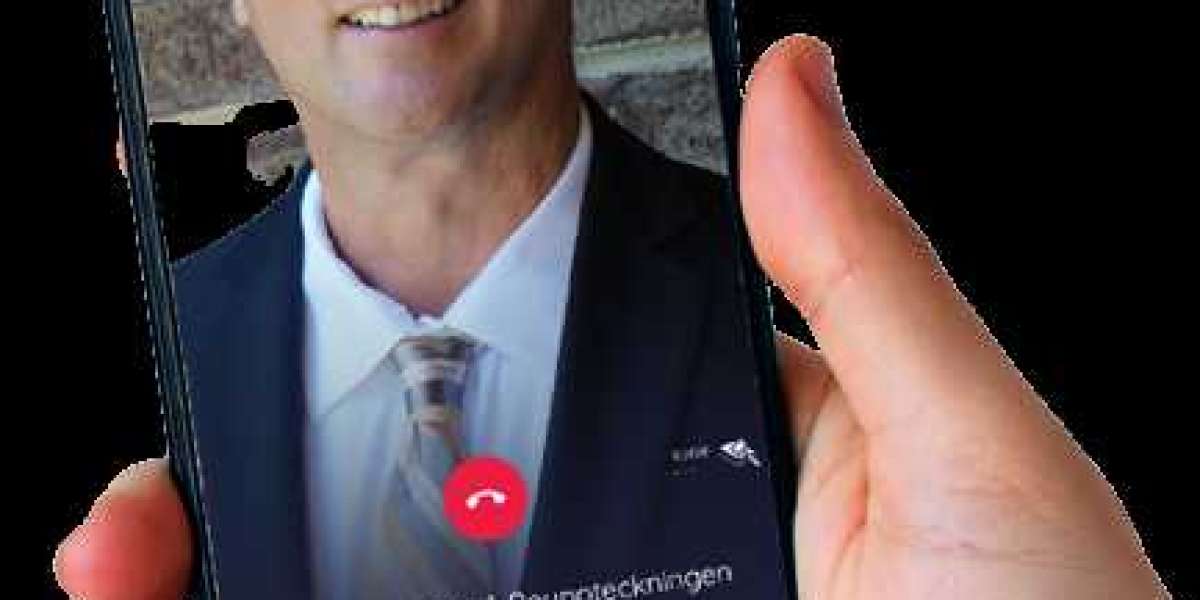Will off-site builds bolster construction this time around? Over the years, construction has straggled behind other sectors in terms of efficiency. Off-site builds or modular construction is a powerful way to reform construction business saving more time, labor, cost and productivity mutually benefitting the manufacturer as well as the customer.
What is Modular Construction?
Modular Construction is a process in which different components known as Modules are constructed in a controlled factory setting and later assembled on the desired site as per the requirement of the user. In general, 60% to 90% of the work is completed offsite while the rest on the location where the facility is needed. The factory-made, standard modules are accustomed with walls, doors, ceilings, frames, and windows. Additionally, the modules can be integrated with more specific components, such as air handling units, fan filter units, air showers along with the lighting and plumbing facility intended for pharmaceutical use. It is worth mentioning, majority of the modular facilities built are GMP certified ensuring required quality standards have been met while construction.
Types of Modular Construction
Modular Construction can be broadly categorized into two categories, namely permanent and relocatable. Permanent modular builds mean the facilities are constructed to be used at the same location wherein it has been assembled. In other words, the building is similar to conventionally constructed infrastructure except the fact it has been built off-site. Whereas relocatable or temporary builds are designed in such a way that they can be transported to different locations applicable for rental as well as purchase purposes.
Need for Modular Facilities
Conventional construction has never shown to surpass 80% mark owing to factors including logistical delays, type of material used, method of construction adopted and shortage of manpower eventually hampering the productivity. Whereas prefabricated approaches have reported to increase productivity by more than 100%. Modular construction acts as a sustainable method empowering today’s construction sector. Prefabricated buildings offer time efficiency, higher quality, low cost, less material waste, convenience, fewer site disturbances and eco-friendly construction. Hence, adoption of modular facilities in every sector can prove to be a game changer in the field of construction.
The Modular Construction Process
In the first phase, a description of the building that is to be constructed is created through discussion between the customer and modular building manufacturer followed by review of the engineering department to evaluate whether the proposed design meets all the applicable building codes. Then, granting of building permit is required in most jurisdictions for constructing new structures, or performing major renovations. Post getting approvals, site wherein the structure needs to be delivered is prepared. Further, the plant is fabricated at a offsite location, transported and installed at the client’s location.
Modular Construction in Pharmaceutical Industry
The concept of modular construction has been used in other industries for a long time; however, over the past two to three decades, it has only gained significant attention within the pharmaceutical industry. In recent years, the focus of the pharmaceutical industry has shifted from mass production of blockbuster drugs for large patient populations to small batch production of personalized drugs targeting specific subpopulations of patients. With the advent of generic copies of billion-dollar blockbuster drugs, targeting major disease indications, drug manufacturers are focusing on developing lower doses of highly potent biopharmaceutical drugs for targeted treatments.
Moreover, there is immense pressure on drug manufacturers to market novel drugs as soon as possible, before patent expiry. Increased pressure to expedite time to market, coupled with the need to decrease operating costs and increase manufacturing efficiencies, have amplified the value of smaller production facilities, which are more efficient and flexible. The modular construction market developments have made modular facilities more attractive to drug manufacturers today, as these facilities can quickly switch between multiple drugs, enabling formulation and packaging in multiple formats, such as solid, liquid, semi-solid and parenteral dosage forms. With this new set of requirements, drug manufacturers have started showing evident interest in modular facilities and using modularity in design approaches.
Roadblocks to Headway
It is evident that shifting from conventional on-site construction to off-site modular construction can fundamentally avoid unforeseeable risks. However, on the other hand, construction of modular facilities may face certain challenges, in order to maintain the essentials of design and equipment of the facility. Some of the challenges with this approach may involve factors, such as logistics constraints, transportation, safety permits and communication barriers. In addition, lack of control coordination between client and service provider, and inadequate interconnectivity between modules and field conditions may also create stumbling blocks in the entire process. Therefore, such factors have to be kept in mind to avoid unnecessary delays. These circumstances can be easily overcome by recruiting effective measures and preventions. For instance, proper planned installation sequence, efficient virtual resources, close coordination between involved stakeholders can significantly improve the overall productivity of the project. Hence, modular construction can turn up as an effective solution provided taken care of abovementioned factors.
For additional details, please visit https://www.rootsanalysis.com/blog/modular-construction-in-pharma-industry/
You may also be interested in the following titles:
- Smart Labels Market: Industry Trends and Global Forecasts, 2022-2035
- AI-based Digital Pathology / AI Pathology Market: Industry Trends and Global Forecasts, 2022-2035
About Roots Analysis
Roots Analysis is a global leader in the pharma / biotech market research. Having worked with over 750 clients worldwide, including Fortune 500 companies, start-ups, academia, venture capitalists and strategic investors for more than a decade, we offer a highly analytical / data-driven perspective to a network of over 450,000 senior industry stakeholders looking for credible market insights.
Contact:
Ben Johnson
+1 (415) 800 3415
[email protected]








